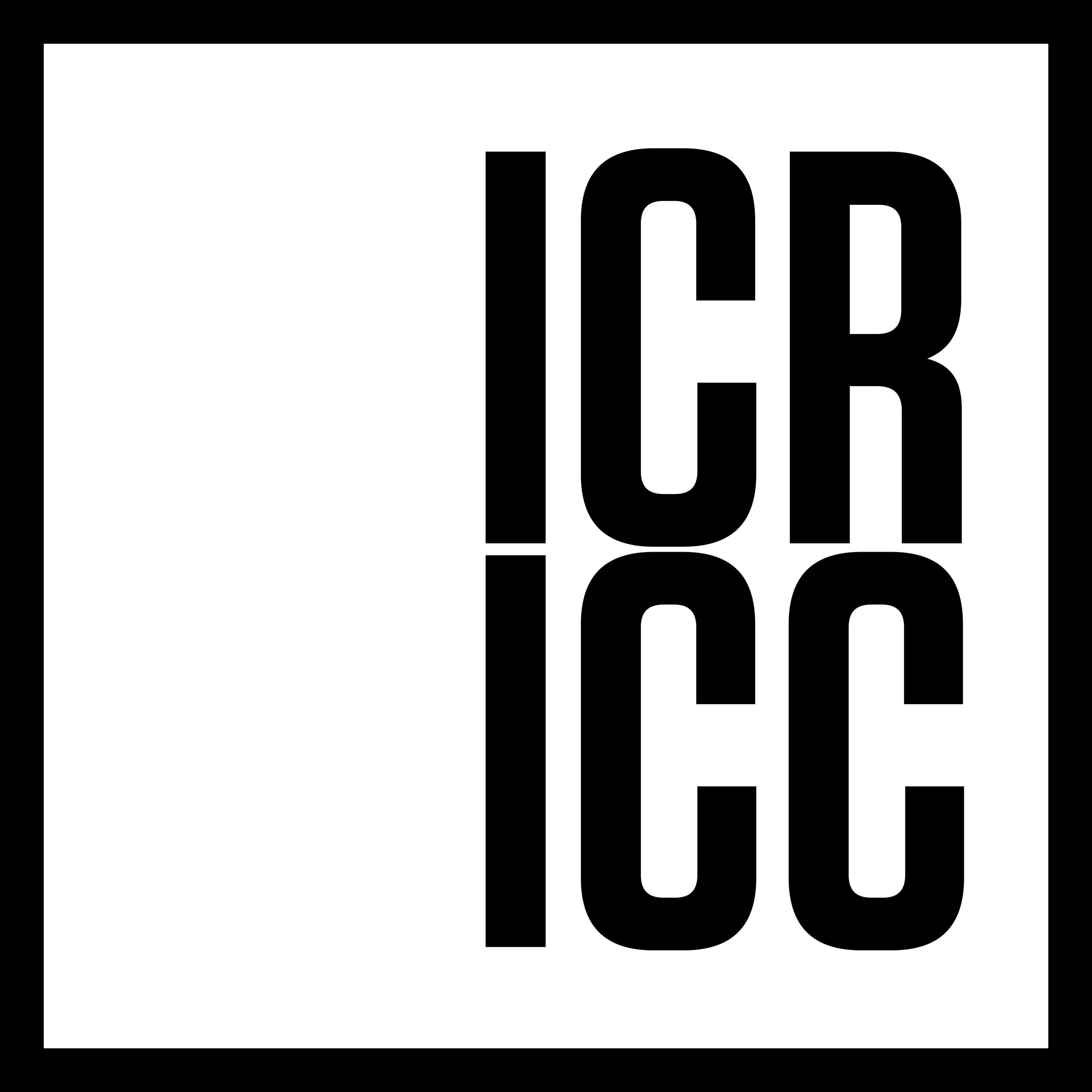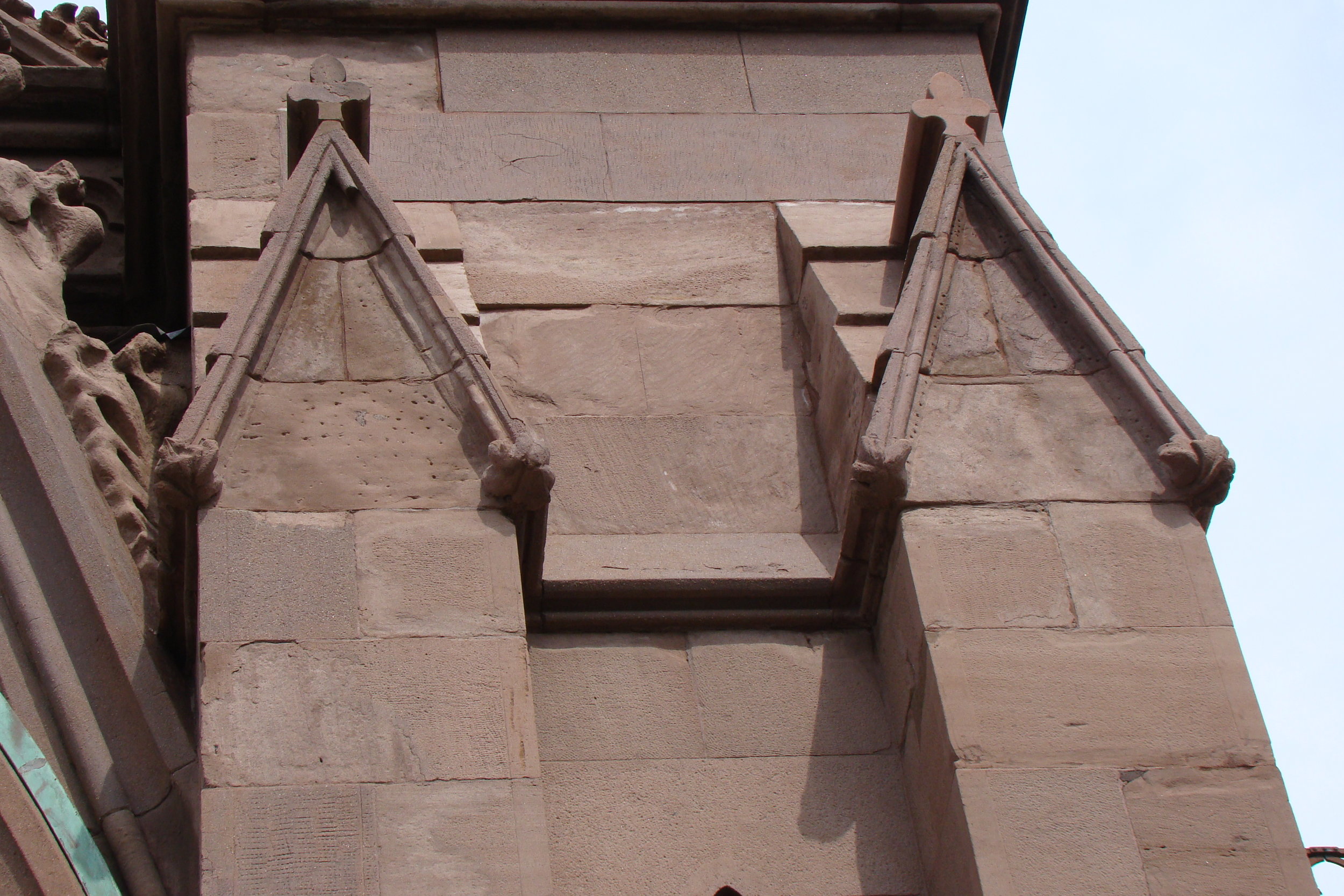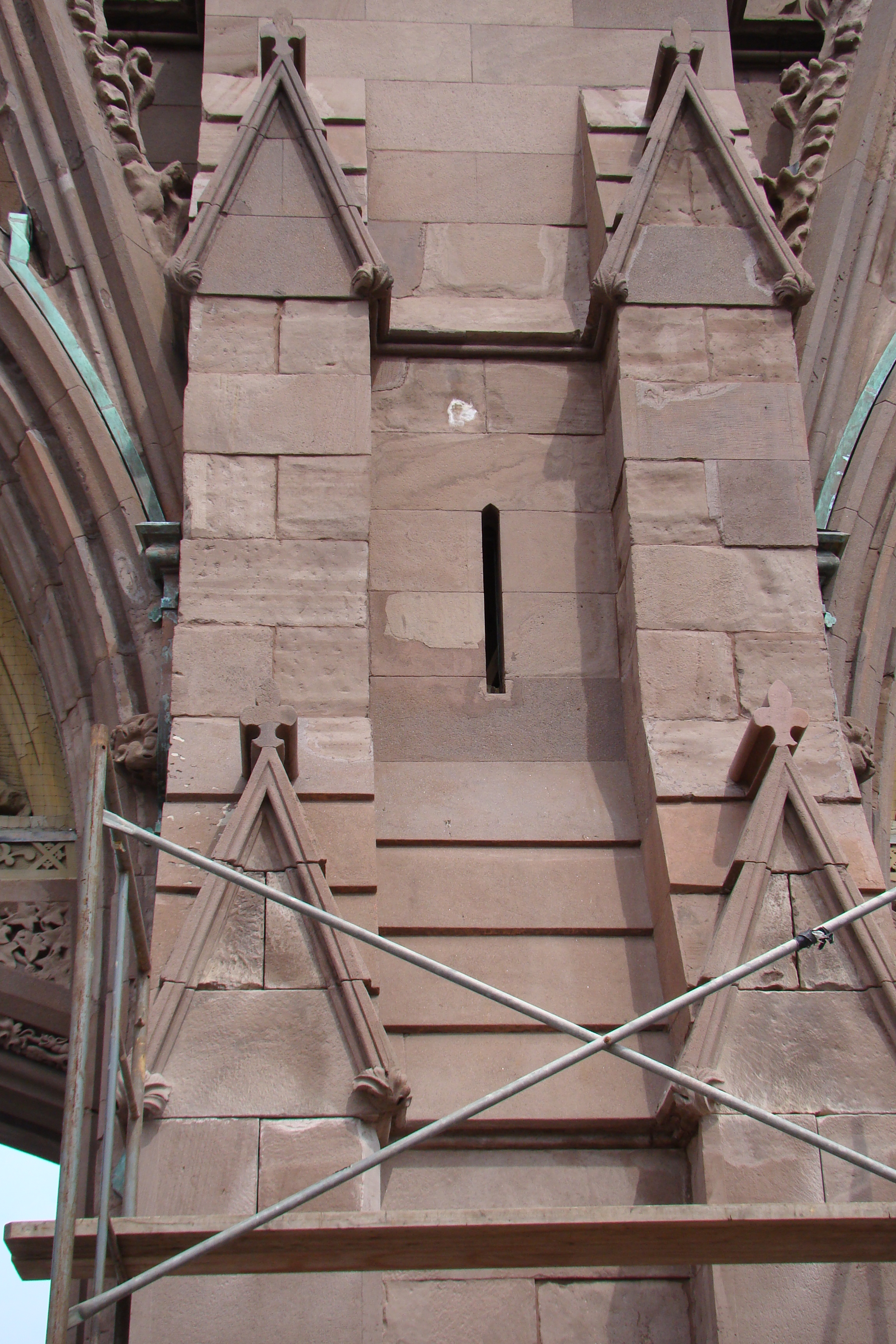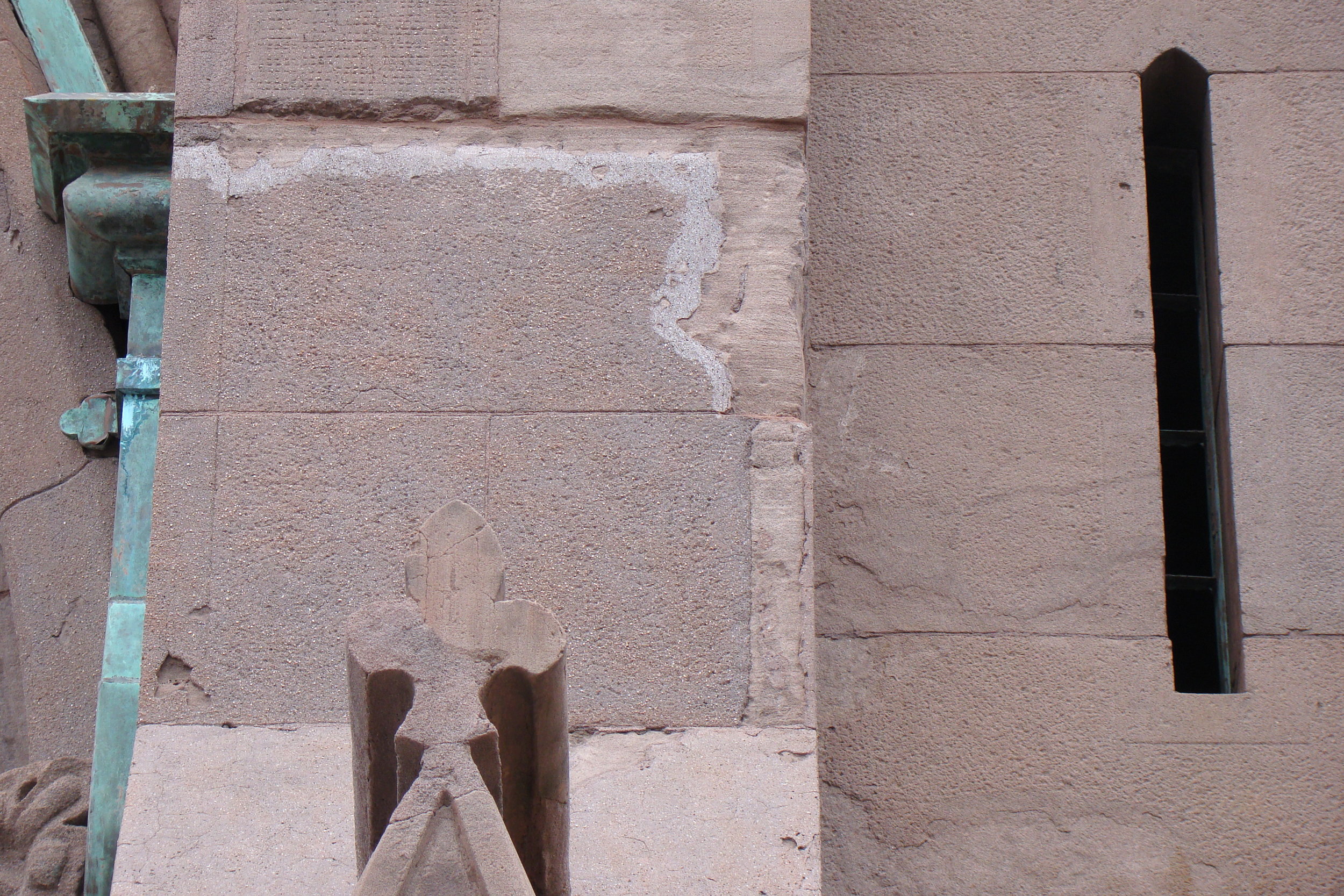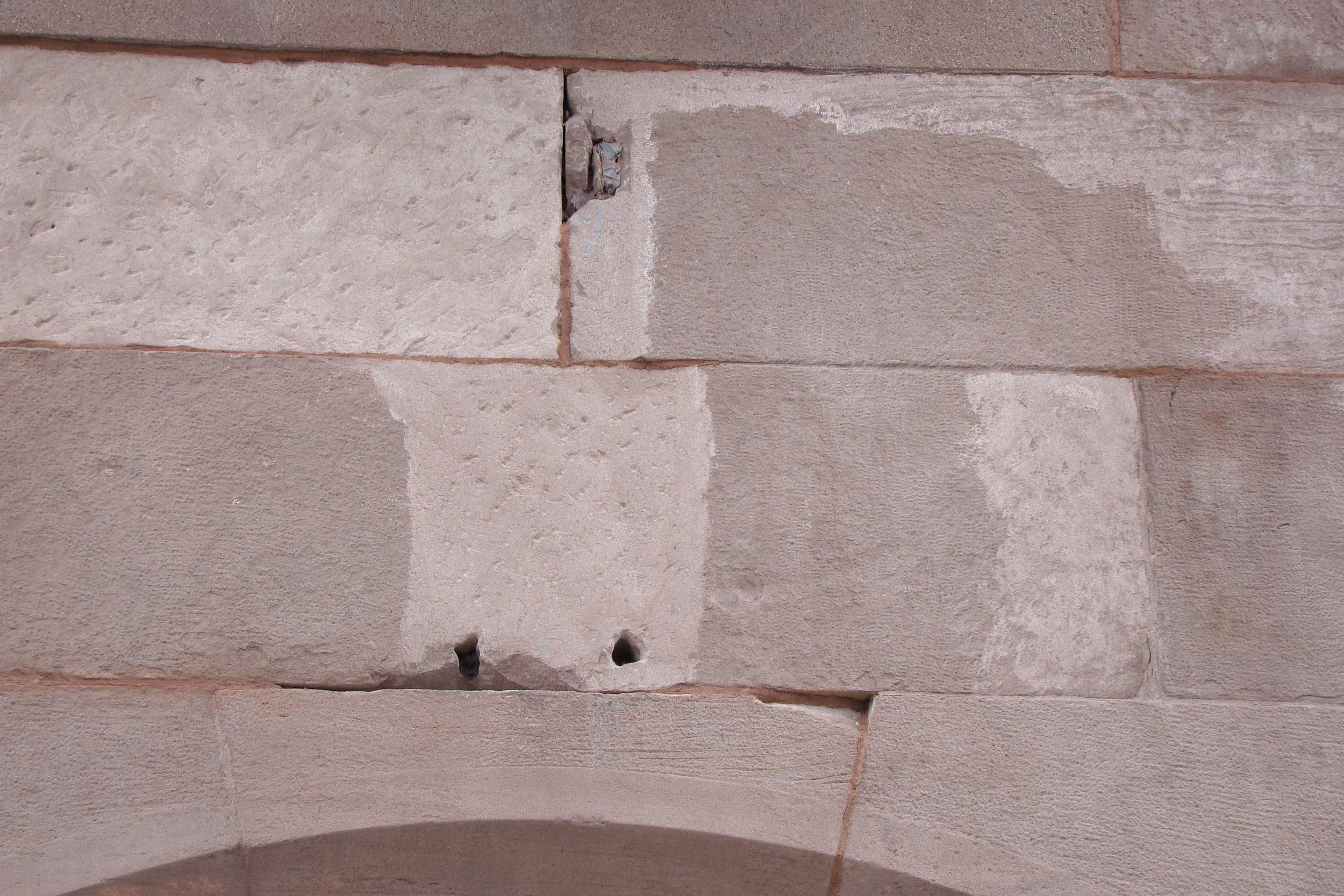Green-Wood Cemetery Arch
Main Entry Arch, Green-Wood Cemetery
Green-Wood Cemetery’s main entrance, at 25th Street and Fifth Avenue, is adorned by spectacular brownstone arches. Designed by Richard Upjohn (the architect of Trinity Church at the head of Wall Street in Manhattan and the first president of the American Institute of Architects) and his son, Richard M. Upjohn (who is interred at Green-Wood), the Arches were built during the Civil War, from 1861 until 1863.
Location
Brooklyn, New York
Architect & Date
Richard M. Upjohn, 1865
Client
Green-Wood Cemetery
Services Provided
The conservation and restoration of the Green Wood Cemetery Arch was a design-build project by ICR and ICC.
Removal of soiling, staining, efflorescence, biological growth
Removal of Portland cement previous repairs
Re-pointing of joints
Tooling of flaking and damaged stone
Application of biocide
Design of pre-cast mixes
Mold making and casting of pre-cast replacement units
Installation of pre-cast replacement units
Replacement of rusted pins of main gable pinnacles
Installation of patch and dutchmen on selected locations
Coordination of bird netting system installation
ICC implemented the conservation treatments for the Green-Wood Cemetery Arch based on the testing and recommendations made by ICR. ICR carried out surveys and testing and designed conservation treatment options for each existing condition to be addressed. Cost estimates were developed for each option and working closely with the Owner were used to define the final treatment program. The project came in on time and to budget.
The entire structure was cleaned with a non-destructive micro-abrasive cleaning system to remove soiling, biological growth, and efflorescence.
Previous repairs of Portland cement were damaging the stone and required removal with bush hammers and chisels. The remaining sound stone was re-tooled to match similar units. The existing joints were raked and repointed with a compatible mortar.
Severely deteriorated masonry units were replaced with cast stone. Molds were first taken in the field and then further engineered in our shop to obtain exact profiles where details had deteriorated.
Patches and dutchmen were also installed and cracks were pinned and filled. Finally, an architectural biocide was used to remove any residual biological growth and inhibit new growth.
Installation of bird netting at the arch bas reliefs was managed by ICC with a specialty firm.
